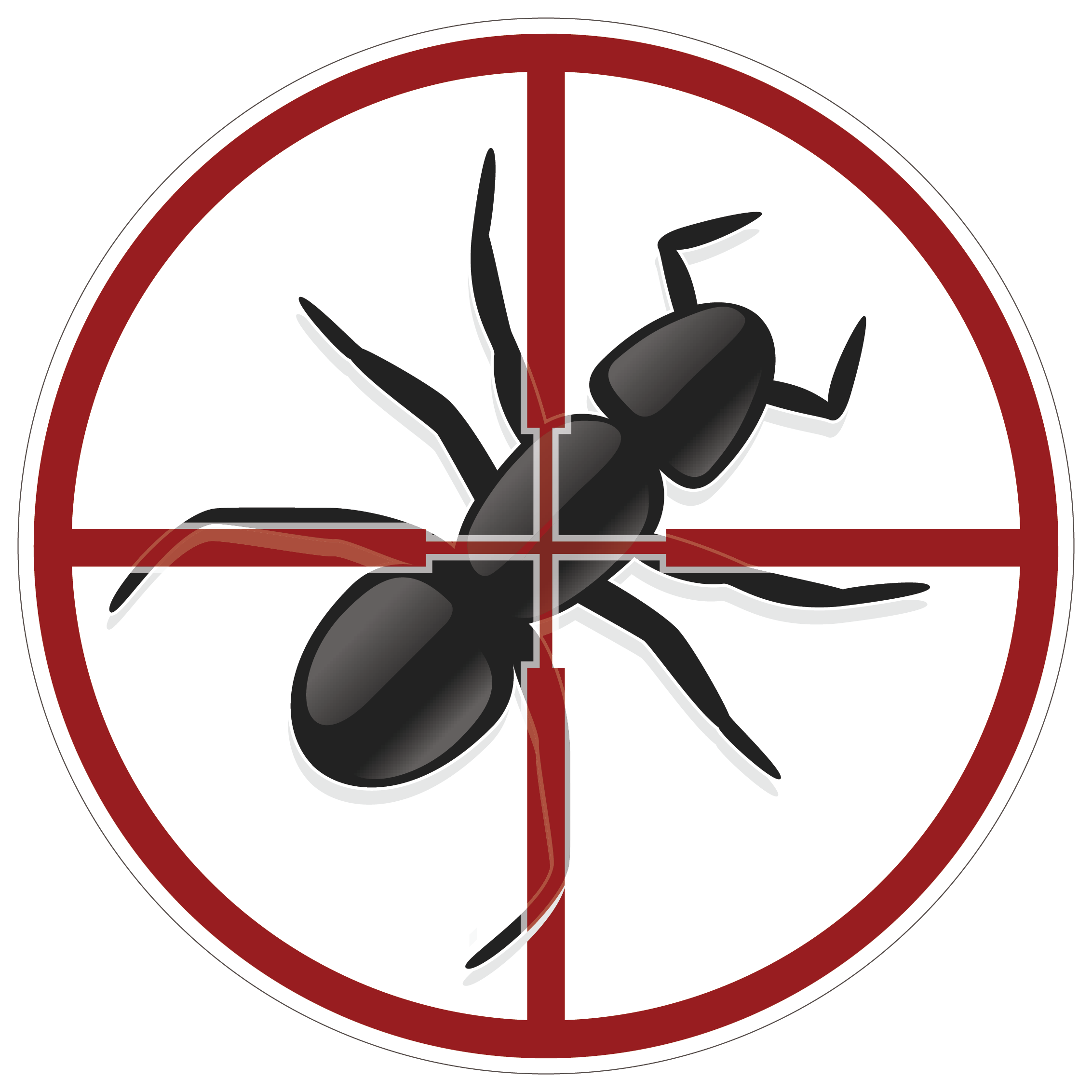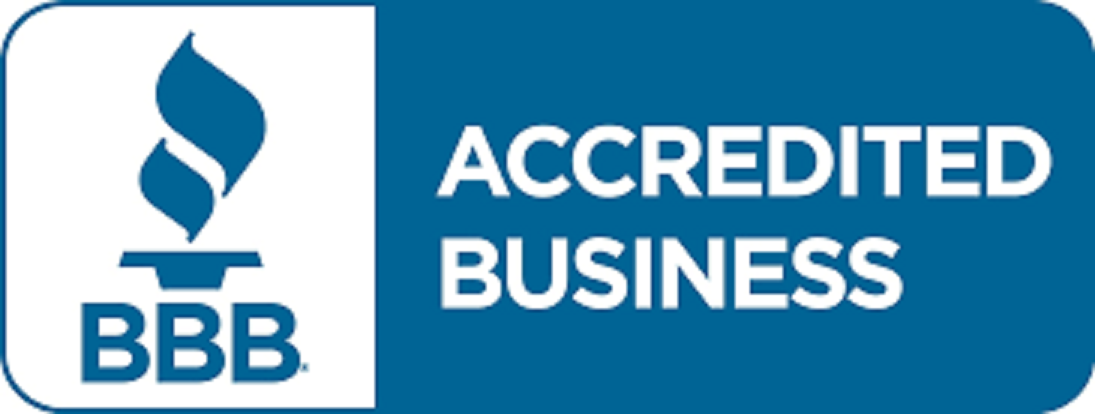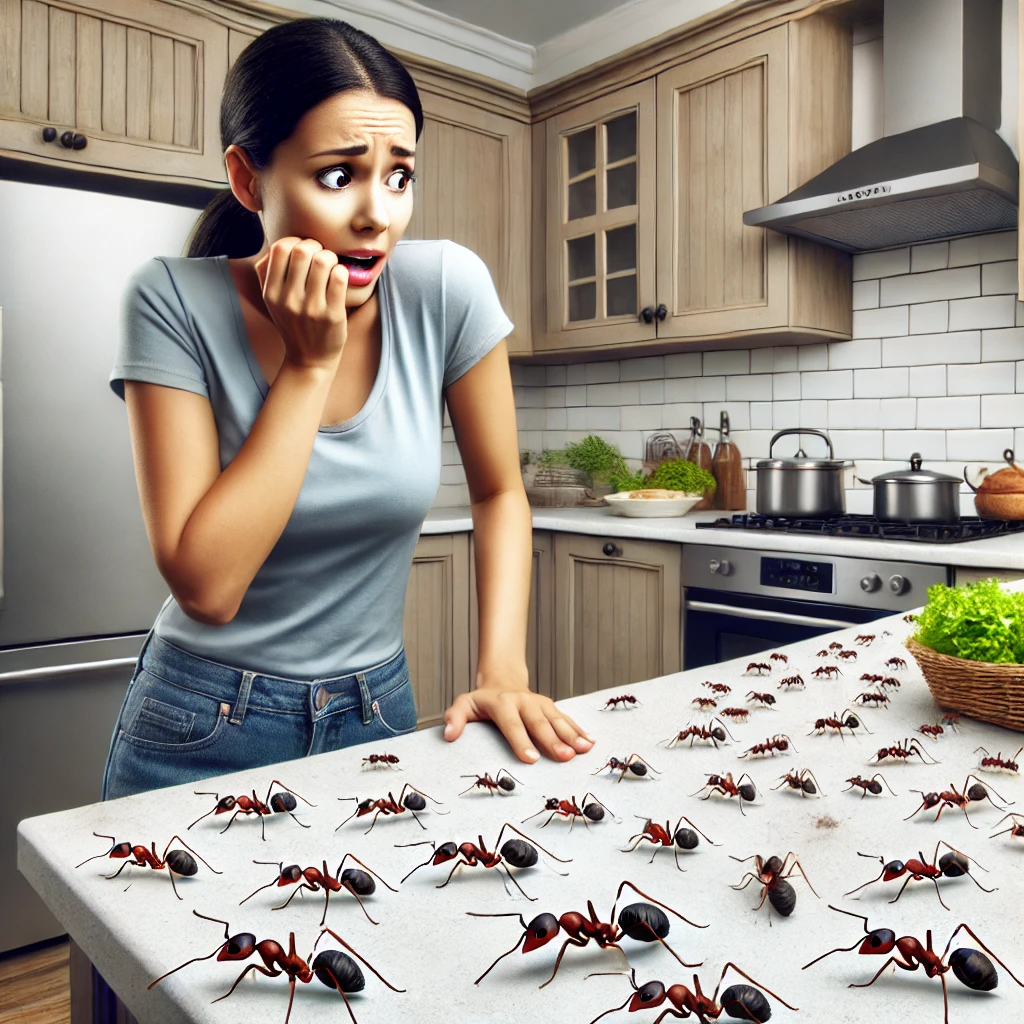The Hidden Battle: Why Ant Control is Tough and When to Call Universal Pest & Termite
Ants might seem like small, harmless creatures, but anyone who has dealt with an ant infestation knows that they can be a real headache. These tiny invaders are persistent, resourceful, and can quickly turn your home into their personal playground. If you're struggling to keep ants at bay, it might be time to call in the professionals. Here's why controlling ants can be so challenging and why Universal Pest & Termite is your best ally in this battle.
Types of Household Ants: A Guide to Common Invaders
Ants are one of the most common pests that invade homes, and different species can pose unique challenges. Knowing the types of ants that are most likely to enter your home can help in identifying them and understanding the best control methods. Here are some of the most common household ants:
1. Argentine Ants (Linepithema humile)
- Appearance: Light to dark brown, 1/8 inch long.
- Habits: Form large colonies with multiple queens. Often nest in moist environments near food sources.
- Threat: Can contaminate food and spread rapidly.
2. Carpenter Ants (Camponotus spp.)
- Appearance: Large ants, usually black or dark brown, ranging from 1/4 to 1/2 inch long.
- Habits: Nest in wood, causing structural damage by hollowing out wooden structures to build their nests.
- Threat: Significant structural damage if left untreated.
3. Odorous House Ants (Tapinoma sessile)
- Appearance: Small, dark brown or black ants, about 1/8 inch long.
- Habits: Known for the rotten coconut smell they emit when crushed. Prefer sugary foods.
- Threat: Contaminate food and can be difficult to eradicate due to their nesting habits.
4. Pavement Ants (Tetramorium caespitum)
- Appearance: Dark brown to black, about 1/8 inch long.
- Habits: Commonly found in cracks in pavement or building foundations. Forage in homes for food.
- Threat: Contaminate food and can sting if disturbed.
5. Pharaoh Ants (Monomorium pharaonis)
- Appearance: Tiny, light yellow to red, about 1/16 inch long.
- Habits: Form large colonies with multiple queens. Prefer warm, humid environments and often nest in hidden areas.
- Threat: Known for spreading bacteria and contaminating food.
6. Little Black Ants (Monomorium minimum)
- Appearance: Very small, shiny black ants, about 1/16 inch long.
- Habits: Nest in various locations, including woodwork, masonry, and soil. Attracted to sweet and greasy foods.
- Threat: Nuisance pest that can contaminate food.
7. Fire Ants (Solenopsis spp.)
- Appearance: Reddish with darker abdomen, varying sizes but usually 1/8 to 1/4 inch long.
- Habits: Build large mounds outdoors but can enter homes in search of food. Known for their painful stings.
- Threat: Aggressive and can cause painful stings, which can be dangerous to sensitive individuals.
8. Crazy Ants (Paratrechina longicornis)
- Appearance: Dark brown to black, about 1/8 inch long, with long legs and antennae.
- Habits: Named for their erratic, fast movements. Prefer moist environments.
- Threat: Can infest electrical equipment and cause short circuits.

Identifying and Controlling Household Ants
Understanding the type of ant invading your home is crucial for effective control. Here are some tips for identification and initial steps for management:
- Observe the Ants: Look at their size, color, and behavior. Note where they are coming from and where they are going.
- Check for Nests: Search for nests indoors and outdoors. Common nesting sites include under appliances, in wall voids, behind baseboards, and in moist areas like kitchens and bathrooms.
- Sanitation: Keep your home clean by promptly cleaning up spills, storing food in airtight containers, and taking out the trash regularly.
- Seal Entry Points: Block potential entry points by sealing cracks and crevices around windows, doors, and the foundation.
- Professional Help: If the infestation is severe or persistent, it’s best to call a professional pest control service like Universal Pest & Termite. They can provide targeted treatments and ongoing prevention strategies.
By knowing the common types of household ants and taking proactive steps, you can better manage and prevent ant infestations in your home.
The Challenge of Ant Control
1. Large Ant Colony Sizes
Ant colonies can number in the thousands or even millions. When you see a few ants in your home, it's likely that there are many more hidden away in walls, floors, or other nooks and crannies. Targeting individual ants is ineffective; you need to eliminate the entire colony to truly solve the problem.
2. Rapid Ant Reproduction
Ants reproduce quickly. A single queen can lay thousands of eggs, and colonies can split into new ones if they feel threatened. This means that even if you manage to kill some ants, new ones can replace them almost immediately.
3. Resourcefulness
Ants are incredibly good at finding food and water sources. They can navigate through the tiniest cracks and crevices to get into your home. Once they find a reliable food source, they leave a pheromone trail for other ants to follow, leading to a never-ending stream of invaders.
4. Multiple Species
Different species of ants require different treatment methods. What works for one type of ant might be completely ineffective for another. Proper identification is crucial for successful ant control.
5. Resilience
Many ants can survive and thrive in various environments. They can build nests both indoors and outdoors, making it difficult to locate and eradicate their colonies. Some species, like carpenter ants, can cause structural damage to your home, adding to the urgency of effective control.
Why Call Universal Pest & Termite?

Given these challenges, it's clear that effective ant control often requires professional intervention. Here's why Universal Pest & Termite should be your go-to solution:
1. Expertise Ant Pest Service
Universal Pest & Termite has a team of trained and experienced professionals who know how to identify different ant species and develop customized treatment plans. Their expertise ensures that the root of the problem is addressed, not just the symptoms.
2. Advanced Pest Control Tools and Treatments
Professional pest control services have access to advanced tools and treatments that are not available to the general public. These treatments are more effective and can provide longer-lasting results compared to over-the-counter solutions.
3. Comprehensive Approach for Ant Control
Universal Pest & Termite doesn't just treat the current infestation; they take steps to prevent future ones. This might include sealing entry points, providing recommendations for reducing attractants, and implementing ongoing monitoring and maintenance plans.
4. Safety
DIY pest control methods can sometimes be harmful to pets, children, and the environment. Universal Pest & Termite uses safe and eco-friendly methods that effectively eliminate ants without posing a risk to your loved ones.
5. Peace of Mind
Dealing with an ant infestation can be stressful and time-consuming. By hiring Universal Pest & Termite, you can have peace of mind knowing that professionals are handling the problem, allowing you to focus on other important aspects of your life.

Conclusion
Ants may be small, but their impact on your home can be significant. The challenges of controlling ants on your own make professional intervention a wise choice. Universal Pest & Termite offers the expertise, tools, and comprehensive solutions needed to effectively eliminate ant infestations and prevent future ones. Don't let ants take over your home—call Universal Pest & Termite and reclaim your space today.


